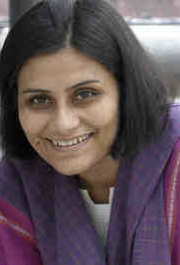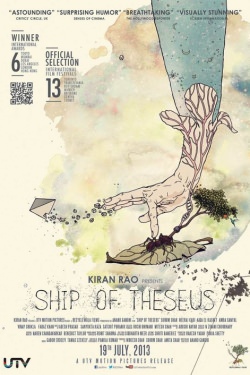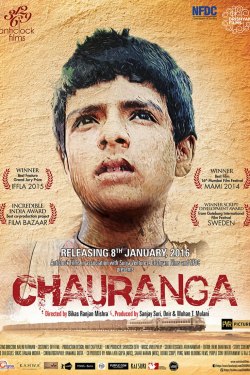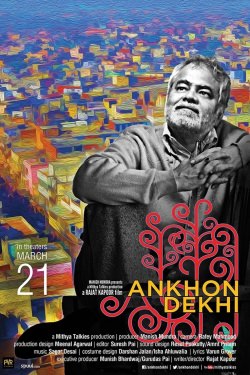Top Rated Films
Namrata Joshi's Film Reviews
-
All the darkness comes laced with humour. Raghavan takes you to the edge of the seat with the pulse racing, makes you keep guessing even as you are chuckling. Getting outwitted and taken by surprise was never more entertaining. The film completes a perfect arc from where it starts to how it ends. Cabbage, cats and colour red; milestones and rabbits and liver and life all come with a larger meaning attached. Missing the beginning, end and anything in the middle would then severely imperil what could be the most fun you’d have at the movies.
-
Ultimately Sui Dhaaga pans out like Lagaan—a rag tag team hits a sixer on the fashion ramp; the hoi polloi earn the approval of the gentry. It is a tad flat in comparison to the more layered quirkiness of his previous outing, Dum Laga Ke Haisha, but you still care and root for Katariya’s characters and can’t help appreciate the fact that the agent provocateur in this film, as in DLKH, continues to be a woman. To borrow a line from the film itself, despite many hiccups, sab badhiya hai (all is well).
-
Nandita Das’ film underlines the continued relevance of Manto’s words whether to do with Hindu-Muslim unity or freedom of expression. Most of all, it’s about his aching love for a city he felt most at home in.
-
…well-intentioned but artistically deadbeat and dull…
-
This now yes-now no, now no-now yes romance tests patience beyond a point…
-
Debutante director Dipesh Jain does well in mirroring the confusion and feverishness of Khuddoos’ mind in the bewildering lanes of Old Delhi. Much like mindgames, these alleyways lead you nowhere, often taking you to a dead end. Very rarely in Hindi cinema have both character and locale melded so effectively. The mood of the place, its claustrophobia get personified in Khuddoos. The film is a fine study of deteriorating places, people, relationships, families, neighbourhoods, communities and human minds with the one aerial shot at the end capturing it all economically. It’s a bird’s eye view of a manic maze in which not just a child but practically everyone is lost.
-
Far from being mad fun, YPD3 is dull and dreary. It bored me to death save one nice line, “Dar dar ke dhokle khana” (being forced to run from pillar to post). But the film is likely to have the boundless blessings of Baba Ramdev, Patanjali and Ministry of Ayush. Sadly, that’s all the Deols seem to gunning for.
-
Between chuckles and stabs of fear the film offers some lessons in gender sensitivity
-
John Abraham shows off his muscles, flares his nostrils, rips open a tyre quite like Sunny Deol had uprooted the handpump in Gadar. All the while, remaining steadfastly poker-faced when it comes to sporting an expression. Bajpayee looks lost in the film, rather the film is lost on him. Director Milap Zaveri dishes out the same old vigilante justice cinema that we grew up watching in the 80s with a special doff of the hat to the classic Deewar (1975). But his added tadkas can’t hide the essential staleness of the concoction. Satyameva Jayate is death by over pungent masalas.
-
Despite the presence of the national anthem, the tricolour, and a story based on India’s first Olympics win, the film’s nationalism fails to bring the goosebumps on

























